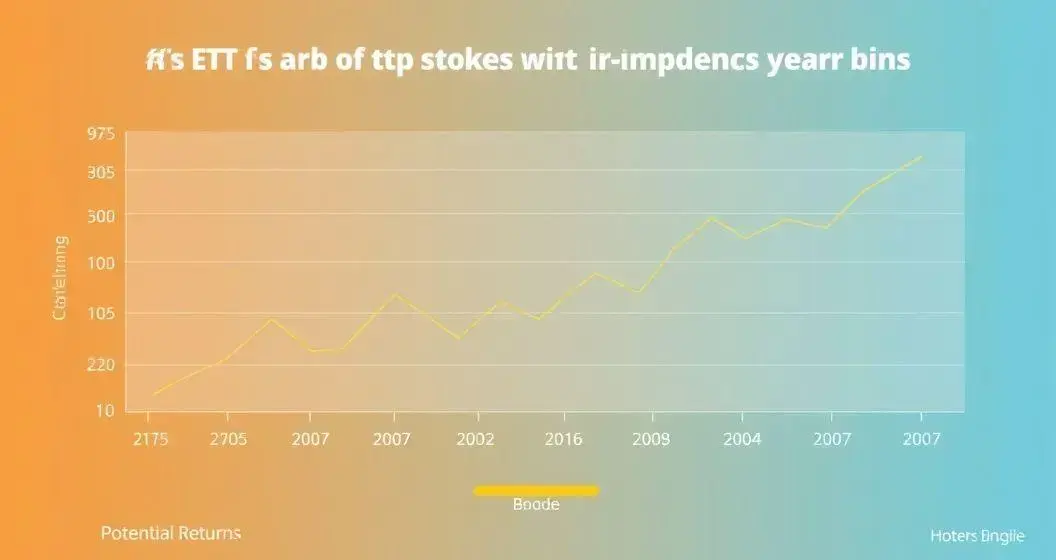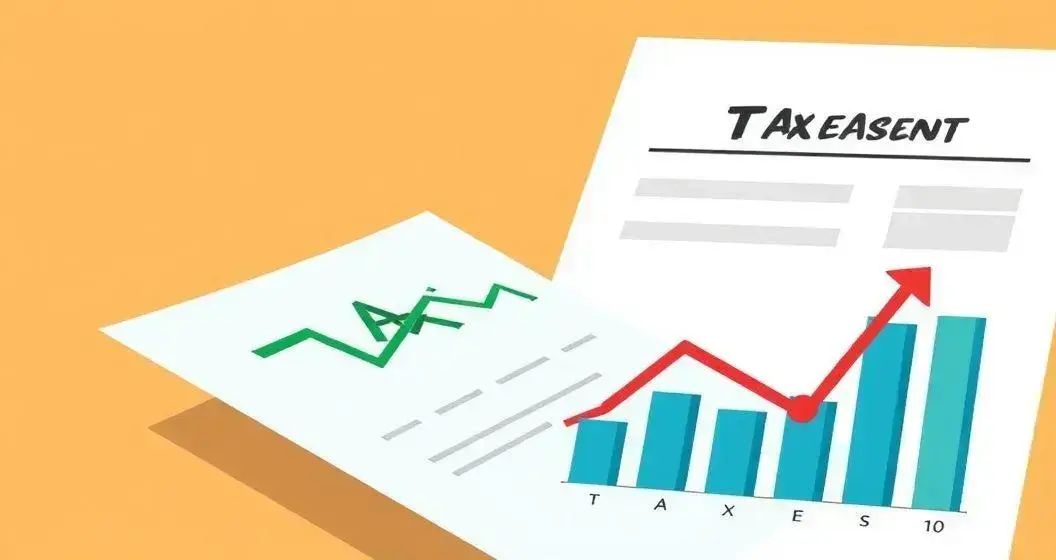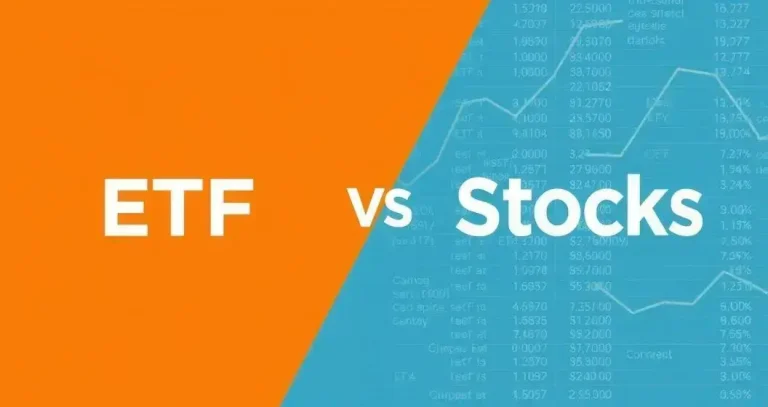ADVERTISEMENT
ETF vs Stock is a question many new investors face when starting out. Both options offer ways to grow your money, but they work in different ways that can impact your risk and returns.
ETFs provide instant diversification by holding a group of assets, making them a safer choice for beginners. Stocks, on the other hand, give you ownership in a single company and can offer higher returns if chosen wisely.
ADVERTISEMENT
If you want to make informed decisions and build a portfolio that fits your goals, keep reading. You’ll discover the key differences, benefits, and strategies to navigate the world of ETFs and stocks with confidence.
Understanding ETFs
ETFs, or Exchange-Traded Funds, are like baskets of stocks or other assets. They allow you to invest in many companies at once, making them a popular choice for beginners.
ADVERTISEMENT
One key advantage of ETFs is their flexibility. You can buy and sell them on the stock market throughout the day, just like individual stocks, giving you the ability to react to market changes.
Additionally, ETFs typically have lower fees than mutual funds. This can help your investment grow faster over time, which is especially important for new investors looking to build their portfolios.
Understanding Stocks
Stocks represent a share of ownership in a company. When you buy a stock, you buy a small piece of that company, which means you can benefit from its success.
One important part of owning stocks is understanding that their prices can go up and down. This can happen due to many factors, like company performance or market trends, so it’s vital to stay informed.
Investing in stocks can offer high rewards, but it also comes with risks. For beginners, learning how to choose solid companies and manage risks is crucial for long-term success in the stock market.
Comparing Risks of ETFs and Stocks
When comparing risks, ETFs tend to be less risky than individual stocks. Since ETFs hold a collection of assets, they spread out risk across different companies, which helps reduce the impact of a single poor-performing stock.
On the other hand, investing in individual stocks can be riskier. If a company does poorly, its stock price can drop significantly, affecting your investment more directly. This means beginners should be cautious when picking stocks.
It’s essential to consider your investment goals and comfort with risk when deciding between ETFs and stocks. A well-balanced approach can help safeguard your money while still allowing for growth.
Potential Returns: ETFs vs Stocks

When it comes to potential returns, both ETFs and stocks can be profitable, but they do so in different ways. Stocks often provide higher returns over time if you pick the right companies, but they come with more risk and volatility.
ETFs, however, typically offer steadier returns. By investing in a group of stocks, they reduce the impact of any single company’s poor performance. This can be appealing for beginners who want to balance risk with potential growth.
Ultimately, your choice between ETFs and stocks should align with your investment goals. Understanding how each can impact your returns is key to building a successful investment strategy.
Liquidity Differences
Liquidity refers to how easily you can buy or sell an investment. ETFs generally have high liquidity because they are traded on stock exchanges like regular stocks. This means you can quickly access your money when you need it.
In contrast, individual stocks can have varying levels of liquidity. Some stocks are very popular, allowing you to buy and sell them quickly. However, smaller or less popular stocks may take longer to sell at your desired price.
This difference matters for beginners, as being able to access your funds quickly can provide added peace of mind. Understanding liquidity helps you make better investment choices to suit your needs.
Fees and Expenses Overview
When investing, fees and expenses can impact your overall returns. ETFs typically charge lower fees compared to mutual funds but do have expense ratios that can eat into your profits. Understanding these fees is crucial for beginners.
On the other hand, buying individual stocks usually doesn’t involve the same kind of ongoing management fees. However, you might pay a commission every time you buy or sell, which can add up if you trade frequently.
Overall, it’s essential to compare the costs associated with both ETFs and stocks. Being aware of these fees helps you keep more of your investment returns and make smarter choices.
Diversification Benefits
Diversification means spreading your investments across different assets to reduce risk. Investing in ETFs can provide built-in diversification because they include many stocks or bonds in a single fund. This can protect you if one investment does poorly.
On the other hand, buying individual stocks means putting all your money into specific companies. If one of those companies faces challenges, it can hurt your entire investment, making diversification more difficult.
For beginners, an ETF can be a great way to start diversifying your portfolio easily. With just one purchase, you can invest in various securities, which can help balance your investments and reduce risk.
Tax Implications

Tax implications are an essential part of investing that beginners should understand. When you sell an ETF or stock for more than you paid, you may have to pay capital gains tax on the profits you made. This applies to both ETFs and stocks.
However, one difference is that ETFs can be more tax-efficient than individual stocks. This is because ETFs often have fewer taxable events, like capital gains distributions, making it easier to manage your tax bill as you invest.
It’s also important to consider how dividends are taxed. Stocks and ETFs may pay dividends, and these can be taxed as income, which could affect your overall tax situation. Understanding these aspects helps you make smarter investment decisions.
Choosing the Right Investment for Beginners
Choosing the right investment as a beginner can feel overwhelming. First, consider your financial goals. If you’re looking for steady growth with lower risk, ETFs might be a better choice. They offer diversification and are generally easier to manage.
On the other hand, if you want to dive into the market and are willing to take more risks for potentially higher returns, individual stocks could be exciting. Just remember that this approach requires more research and attention to market trends.
Ultimately, it’s vital to assess how comfortable you are with risk and how much time you can dedicate to investing. Finding the balance between ETFs and stocks will help you create a portfolio suited to your needs as a beginner investor.
Investing can seem challenging, especially when deciding between ETFs and stocks. Both options have their pros and cons, and understanding these can help you choose what’s best for you.
ETFs are great for beginners because they offer instant diversification and usually come with lower fees. This makes them less risky, which can be comforting for new investors.
On the flip side, stocks might attract you if you’re looking for higher potential returns and are willing to manage more risk. Learning about market trends and individual companies can be an exciting way to deepen your investment knowledge.





